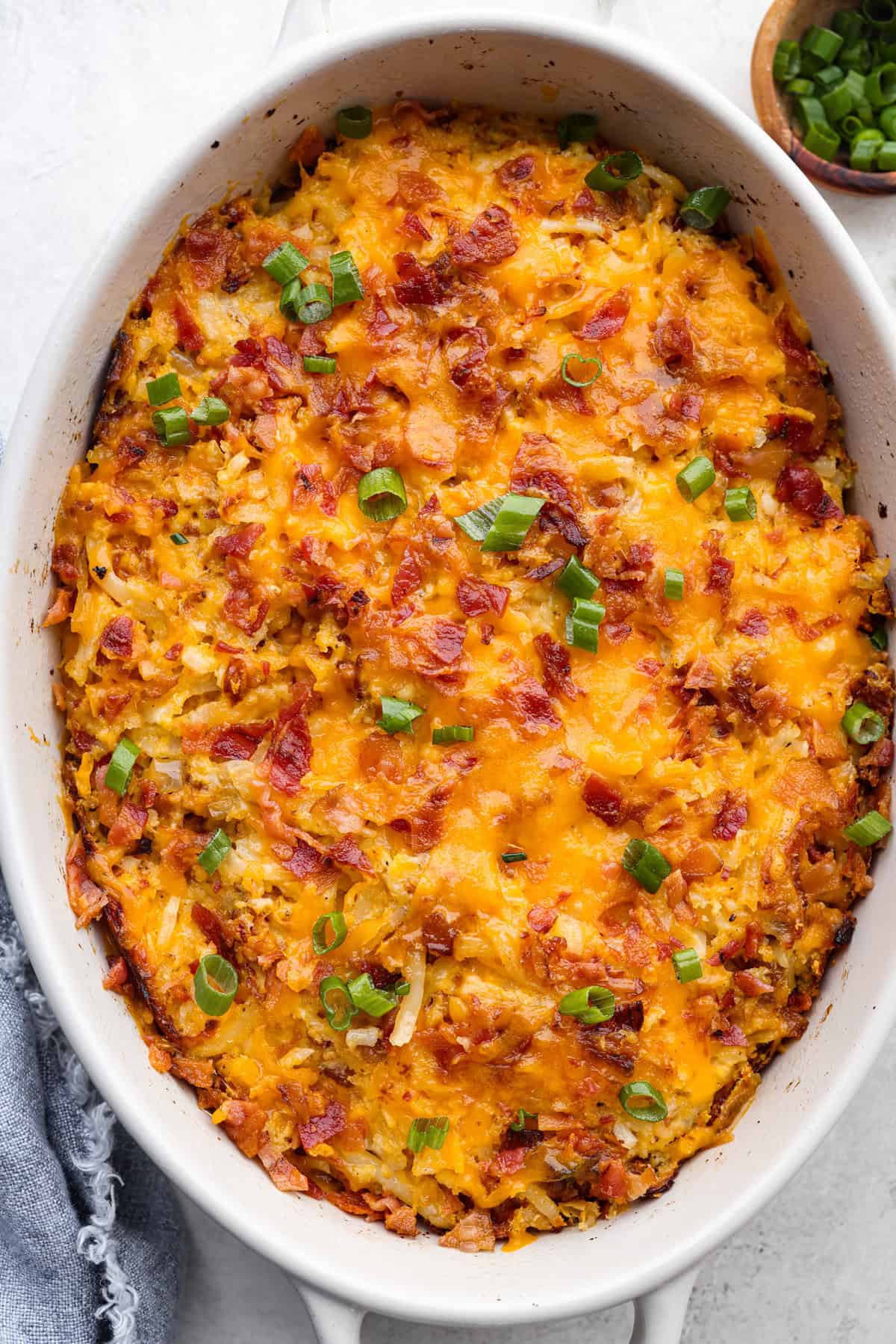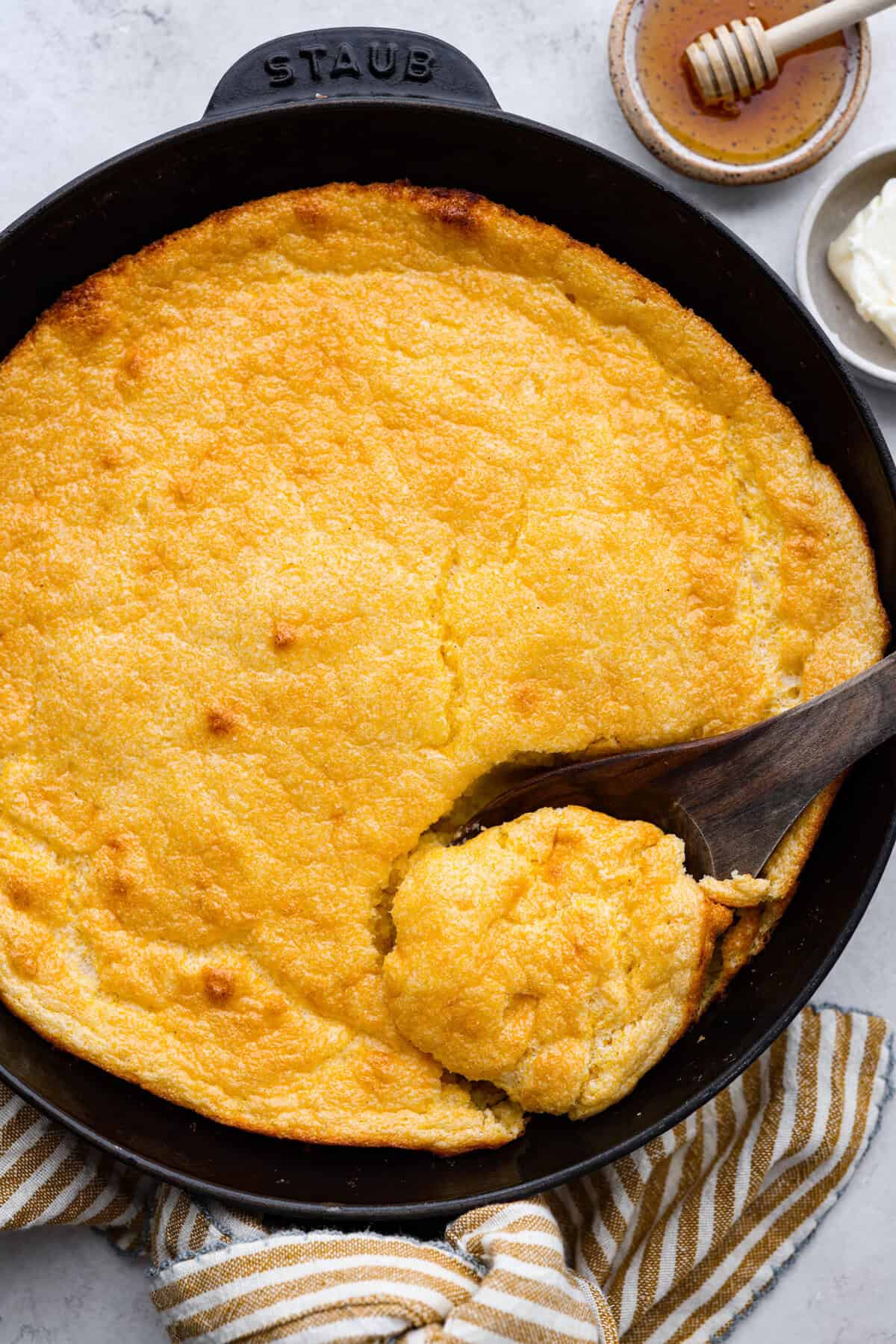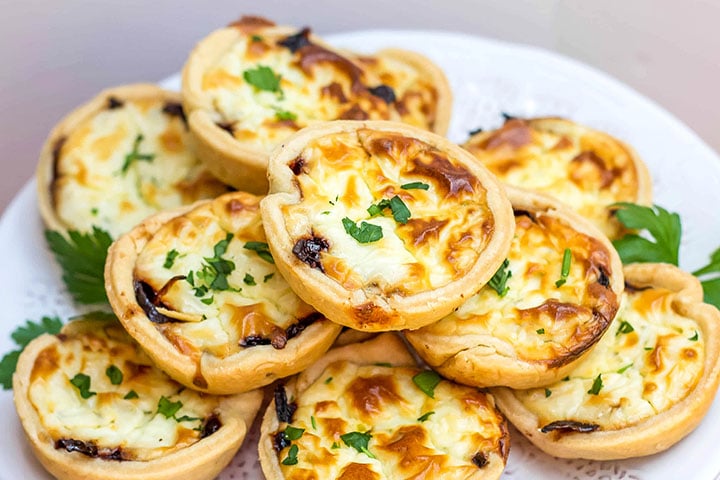My mother has roasted a chicken almost every other Sunday for as long as I can remember. She’d season it in a wet, garlic-heavy adobo, fill it with a box of Stove Top stuffing, and roast it covered for what felt like hours and hours. The end result was always a bird with the dark meat barely hanging onto the bone, and the white meat definitely a little overcooked (sorry, Mami!), but it all ended up okay because there was so much juice in the pan. Thanksgiving followed a similar method, but with a turkey, of course, and the results were usually a bit more erratic. (Once again—sorry Mami!)
It wasn’t until a few years into my self-taught cooking journey (I never did get to go to culinary school) that I saw a cook on Food Network—I wish I could remember who it was—cut the backbone out of a chicken with a pair of kitchen shears, then somewhat violently press down on and break the breastbone so that it could lie as flat as possible. “425°F for an hour,” they said. I thought I misheard them when they said “spatchcock,”— which is Old English for cutting a bird down the middle and pressing it flat. My mind couldn’t wrap around how it would be thoroughly cooked and not just burnt on top. I’m admittedly a bit squeamish when it comes to cutting through bones, but I gave it a shot with a dull pair of craft scissors that I cleaned very well. It wasn’t as difficult as I expected it to be, and I was impressed with how evenly I cut it despite it being my first time. The breaking of the breastbone wasn’t as dramatic as the TV cook made it seem, and into the oven it went for an hour. I have never cooked chicken, or any other bird for that matter, a different way ever since.
Not only does spatchcocking result in an evenly cooked, beautifully browned bird in literally half the time it would take to cook it whole, but it also looks incredibly impressive when it comes to the table. Something about it tells people: “I know what the hell I’m doing.” Of course, there’ll always be a place in my heart for a whole trussed turkey or chicken, but I don’t miss the amount of time and the often over or undercooked parts that came along with it.
I recently made a Cornish game hen tagine in the Test Kitchen, spatchcocking the small chickens so that they could lay flat during the initial searing of the skin, and the end results left me very pleased. The alternative would’ve been to just halve them, which would’ve made them lose a little drama on the plate, which would’ve been a shame.The spatchcocking method is the same as for a chicken—even easier because the birds are tinier, and faster, too.
If you really don't feel like doing some light butchering at home, a butcher would likely be happy to spatchcock any bird for you. But for me, putting in that little bit of effort feels rewarding. Mami, you'd be proud!











 English (US) ·
English (US) ·